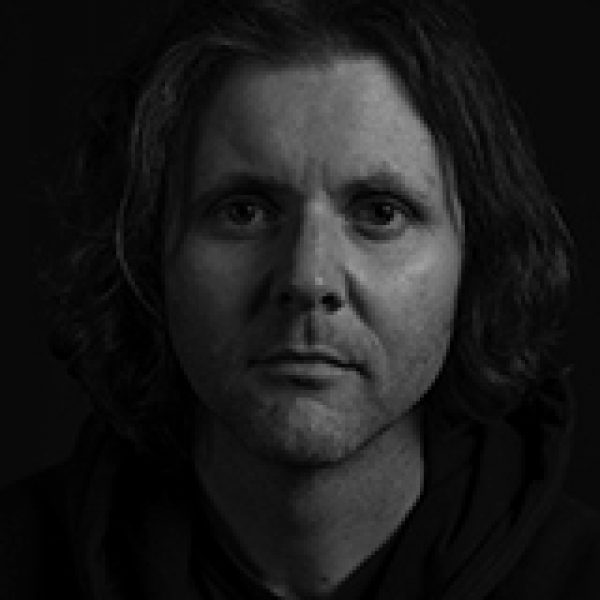Yellowcake is an investigation into the timeline of an environment's resilience and changing landscape in the face of human industry. The Mary Kathleen mine site, wayward of Mt Isa, is the catalyst for Lee's dogged and thorough research and reflection on the landscape's evolution and the impact of the human imprint on the natural environment, even decades later. The body of work consists of Lee's signature oil painting; loose and gestural composition of brush strokes paired with alternative materials symbolic of the items found in the abandoned township. Ceramic tiles, photographs from the site on perspex mirror treated with epoxyglass, and dibond material exist in circular forms and atypical shapes reminiscent of the formation of machinated parts and industry impressions left behind.
Lee's effortless observational style presents the beauty and harsh reality of mining natural resources in Australia. Yellowcake continues until 6 May 2023.
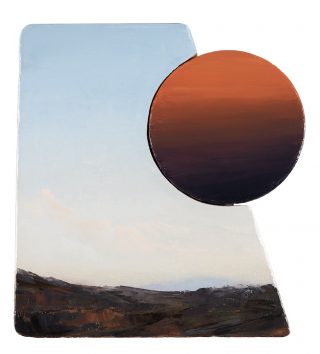 Sold
Sold
The Pilgrimage 2023
Oil on ceramic tile
18 x 17 cm
$500 Sold
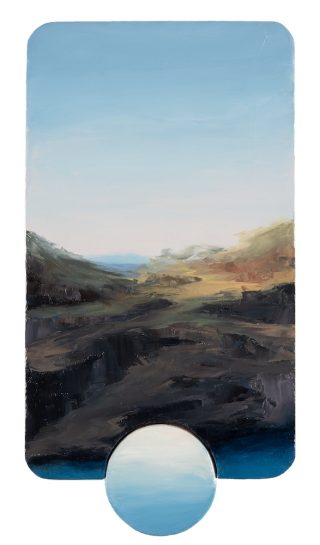 Sold
Sold
To The Core 2023
Oil on ceramic tile
28 x 15 cm
$500 Sold
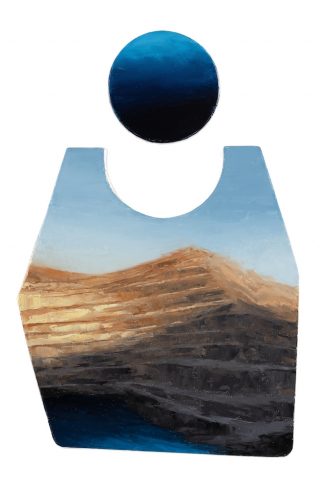 Sold
Sold
Elevation Pool 2023
Oil on ceramic tile (diptych)
30 x 20 cm
$500 Sold
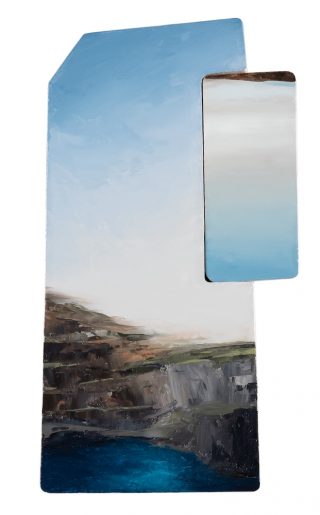 Sold
Sold
Inversion 2023
Oil on ceramic tile
29 x 16 cm
$500 Sold
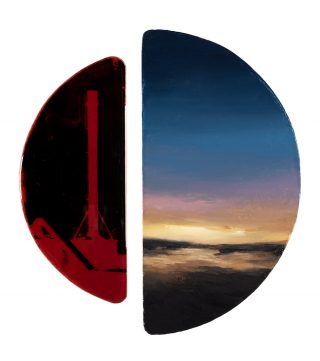 Sold
Sold
Duelist 2023
Oil on ceramic tile and image transfer with epoxyglass (diptych)
27 x 25 cm
$500 Sold
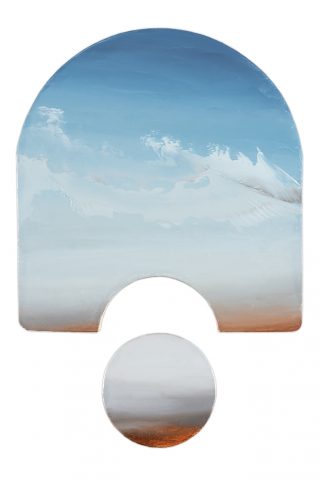 Sold
Sold
Cloud Capture 2023
Oil on ceramic tile (diptych)
30 x 22 cm
$500 Sold
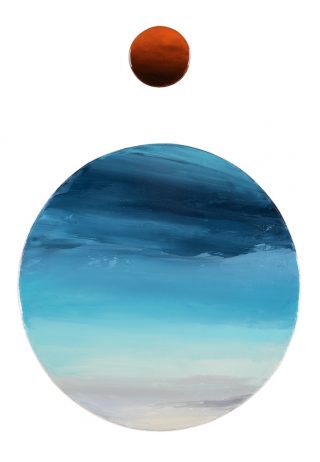 Sold
Sold
Shoreline 2023
Oil on ceramic tile and epoxyglass (diptych)
37 x 26 cm
$500 Sold
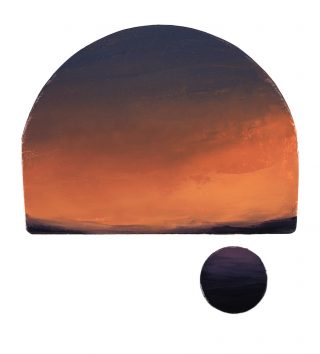 Sold
Sold
Dig for Fire 2023
Oil on ceramic tile (diptych)
28 x 21 cm
$500 Sold
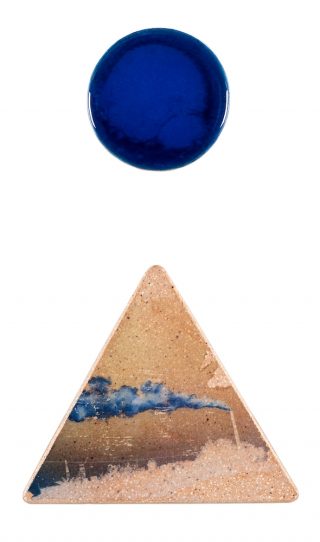 Sold
Sold
Lead In the air (lead on the ground) 2023
Image transfer on ceramic tile and oil with epoxyglass (diptych)
20 x 12 cm
$350 Sold
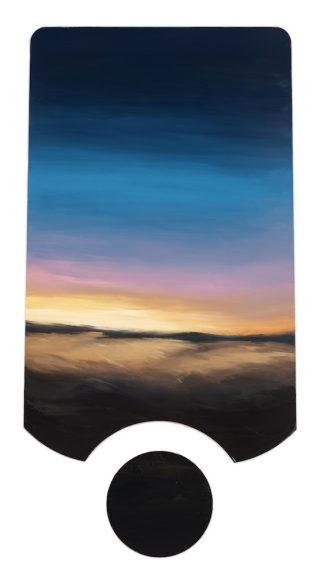
Radiation Distance (sunset) 2023
Oil on dibond (diptych)
135 x 70 cm
$2800
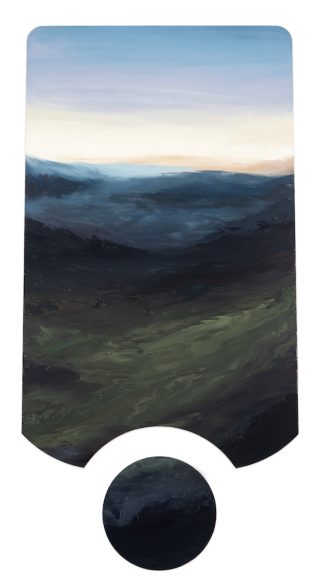
Radiation Distance {sunrise) 2023
Oil on dibond (diptych)
135 x 70 cm
$2800
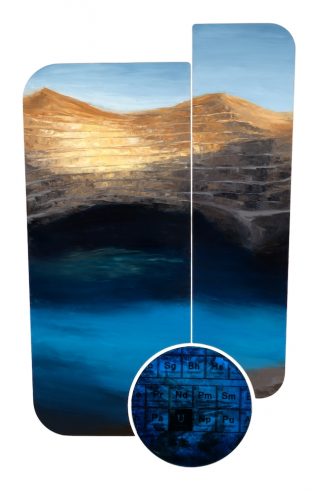
Relic Azure 2023
Oil on dibond and image transfer with epoxyglass on perspex mirror (triptych)
136 x 83 cm
$3500
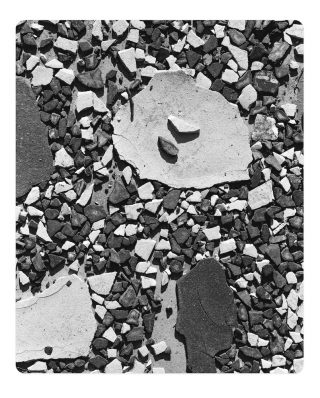
Bank Tiles (Mary Kathleen Township) 2023
Chromaluxe photographic print on aluminium
40.6 x 33.2 cm
$800
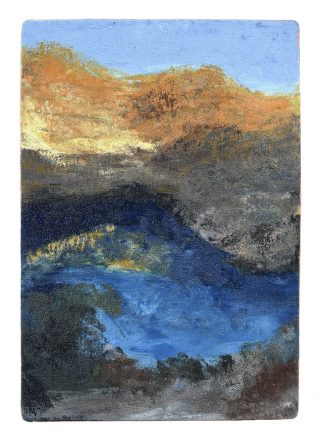 Sold
Sold
An immediate study (time stamp) 2022
Oil on dibond
19 x 13 cm
$350 Sold
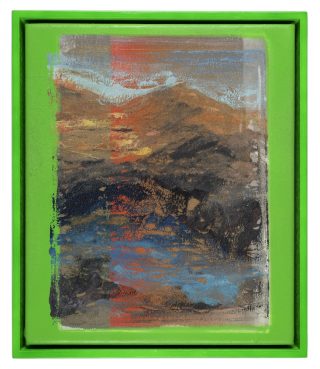 Sold
Sold
Time Stamp (Mary Kathleen Uranium Mine) 2022
Oil and aerosol on canvas
32.5 x 28 cm
$666 Sold
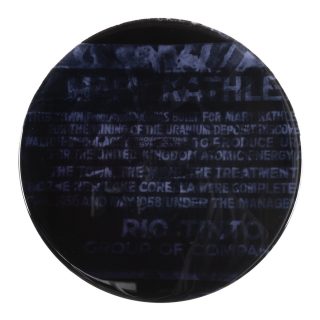 Sold
Sold
Cyclic Transformation #1 2023
Image transfer and epoxyglass on perspex mirror
29 cm Diameter
$400 Sold
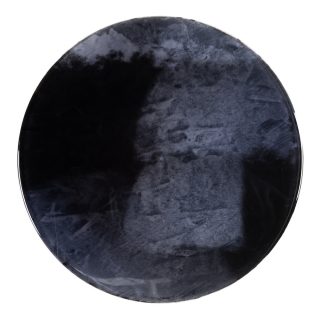 Sold
Sold
Cyclic Transformation #2 2023
Image transfer and epoxyglass on perspex mirror
29 cm Diameter
$400 Sold
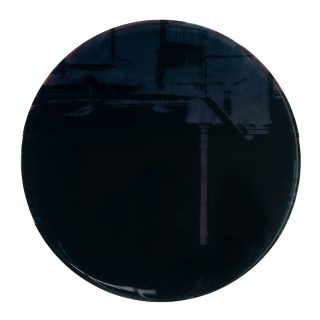
Cyclic Transformation #3 2023
Image transfer and epoxyglass on perspex mirror
29 cm Diameter
$400
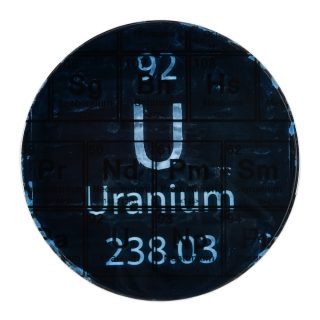 Sold
Sold
Cyclic Transformation #4 2023
Image transfer and epoxyglass on perspex mirror
29 cm Diameter
$400 Sold
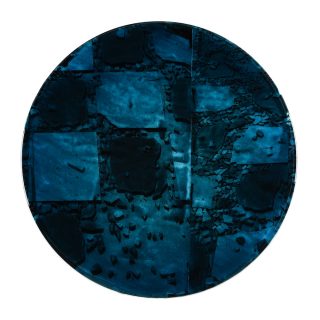 Sold
Sold
Cyclic Transformation #5 2023
Image transfer and epoxyglass on perspex mirror
29 cm Diameter
$400 Sold
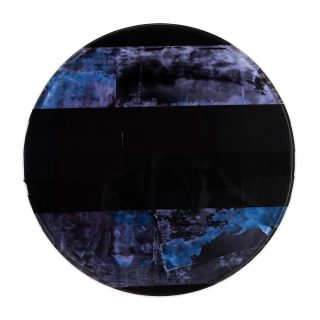
Cyclic Transformation #6 2023
Image transfer and epoxyglass on perspex mirror
29 cm Diameter
$400
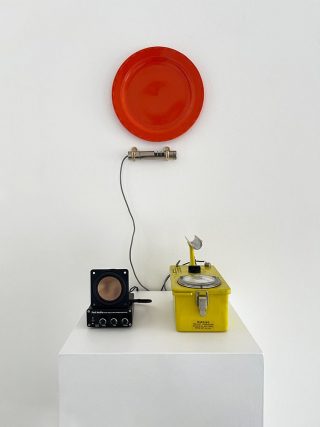
Fiestaware installation 2023
Geiger counter, amplifier and Fiestaware dinner plate
NFS
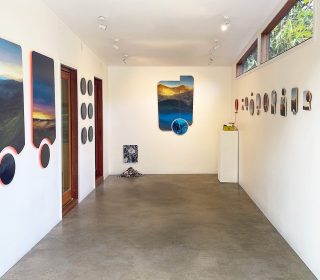
Lee Wilkes Yellowcake Installation View
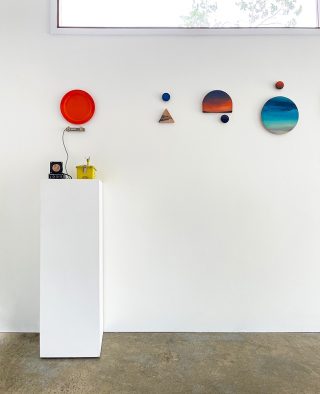
Lee Wilkes Yellowcake Installation View
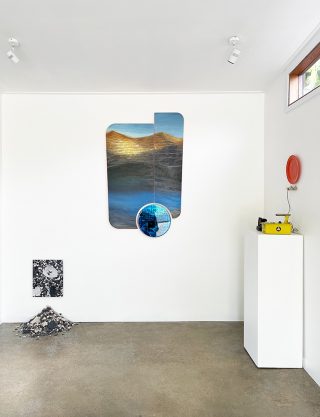
Lee Wilkes Yellowcake Installation View
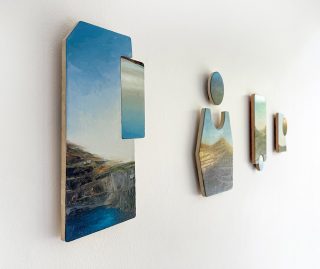
Lee Wilkes Yellowcake Installation View
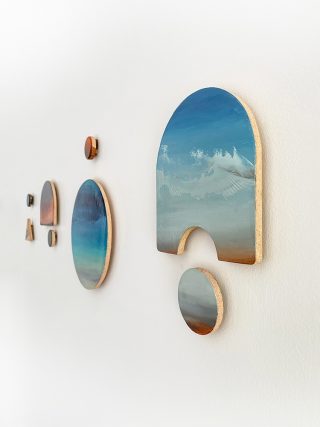
Lee Wilkes Yellowcake Installation View
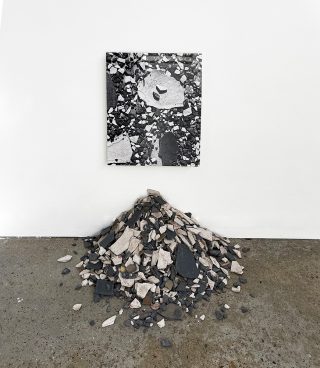
Lee Wilkes Yellowcake Installation View
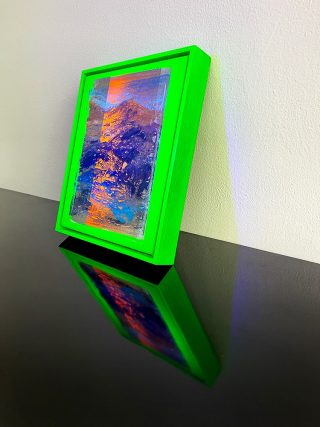
Lee Wilkes Installation View — Time Stamp

Lee Wilkes Installation View — An Immediate Study Time Stamp


